NORTHWEST TERRITORIES –
Pine Point Mining (formerly Darnley Bay) of Toronto has signed two exploration agreements with three First Nations – Deninu Kue First Nation, Fort Resolution Metis Council and the Kal tl’odeeche First Nation. These people live near the towns of Hay River and Fort Resolution, close to the previous Pine Point mine site.
[caption id="attachment_1003720017" align="alignleft" width="328"]
 Recent dill core from Pine Point, Canada’s most profitable historic zinc mine. (Credit: Pine Point Mining)
Recent dill core from Pine Point, Canada’s most profitable historic zinc mine. (Credit: Pine Point Mining)[/caption]
The agreements establish a long term relationship among the signatories based on mutual respect and openness. Pine Point recognizes that its proposed exploration program could impact the First Nations’ traditional lands, their relationship with the land, water and resources, their social and cultural values, their way of life and the environment. As Pine Point’s project moves forward, the parties will create an impact benefit agreement.
Pine Point acquired a 100% interest in the Pine Point lead-zinc project last December. A positive preliminary economic assessment has been completed showing a robust 13-year operation that would have an after-tax net present value of $210.5 million and internal rate of return of 34.5%, with a payback of 1.8 years.
The Pine Point mining project – as many as 50 separate pits – was first discovered in 1898 during the Klondike gold rush. Cominco eventually put it into production in 1964 after a huge investment that included the mines and concentrator, a railroad, a hydro-electric dam, and a town for 2,000 people. The mines eventually closed in 1987. Pine Point Mining has published a 43-101 resource estimate of 25.8 million measured and indicated tonnes grading 2.94% zinc and 1.12% lead. There are also 3.7 million inferred tonnes grading 2.90% zinc and 0.77% lead.
Complete details are available at
www.PinePointMining.com.
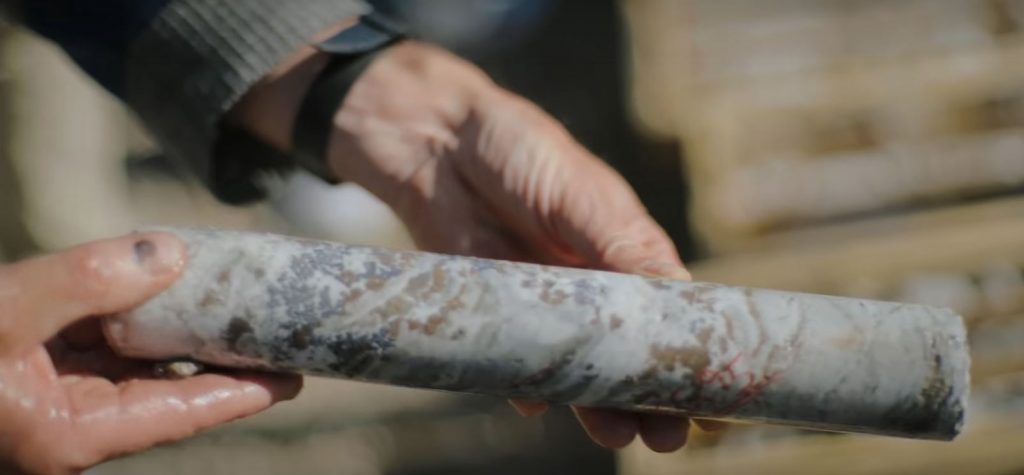
 Recent dill core from Pine Point, Canada’s most profitable historic zinc mine. (Credit: Pine Point Mining)[/caption]
The agreements establish a long term relationship among the signatories based on mutual respect and openness. Pine Point recognizes that its proposed exploration program could impact the First Nations’ traditional lands, their relationship with the land, water and resources, their social and cultural values, their way of life and the environment. As Pine Point’s project moves forward, the parties will create an impact benefit agreement.
Pine Point acquired a 100% interest in the Pine Point lead-zinc project last December. A positive preliminary economic assessment has been completed showing a robust 13-year operation that would have an after-tax net present value of $210.5 million and internal rate of return of 34.5%, with a payback of 1.8 years.
The Pine Point mining project – as many as 50 separate pits – was first discovered in 1898 during the Klondike gold rush. Cominco eventually put it into production in 1964 after a huge investment that included the mines and concentrator, a railroad, a hydro-electric dam, and a town for 2,000 people. The mines eventually closed in 1987. Pine Point Mining has published a 43-101 resource estimate of 25.8 million measured and indicated tonnes grading 2.94% zinc and 1.12% lead. There are also 3.7 million inferred tonnes grading 2.90% zinc and 0.77% lead.
Complete details are available at
Recent dill core from Pine Point, Canada’s most profitable historic zinc mine. (Credit: Pine Point Mining)[/caption]
The agreements establish a long term relationship among the signatories based on mutual respect and openness. Pine Point recognizes that its proposed exploration program could impact the First Nations’ traditional lands, their relationship with the land, water and resources, their social and cultural values, their way of life and the environment. As Pine Point’s project moves forward, the parties will create an impact benefit agreement.
Pine Point acquired a 100% interest in the Pine Point lead-zinc project last December. A positive preliminary economic assessment has been completed showing a robust 13-year operation that would have an after-tax net present value of $210.5 million and internal rate of return of 34.5%, with a payback of 1.8 years.
The Pine Point mining project – as many as 50 separate pits – was first discovered in 1898 during the Klondike gold rush. Cominco eventually put it into production in 1964 after a huge investment that included the mines and concentrator, a railroad, a hydro-electric dam, and a town for 2,000 people. The mines eventually closed in 1987. Pine Point Mining has published a 43-101 resource estimate of 25.8 million measured and indicated tonnes grading 2.94% zinc and 1.12% lead. There are also 3.7 million inferred tonnes grading 2.90% zinc and 0.77% lead.
Complete details are available at 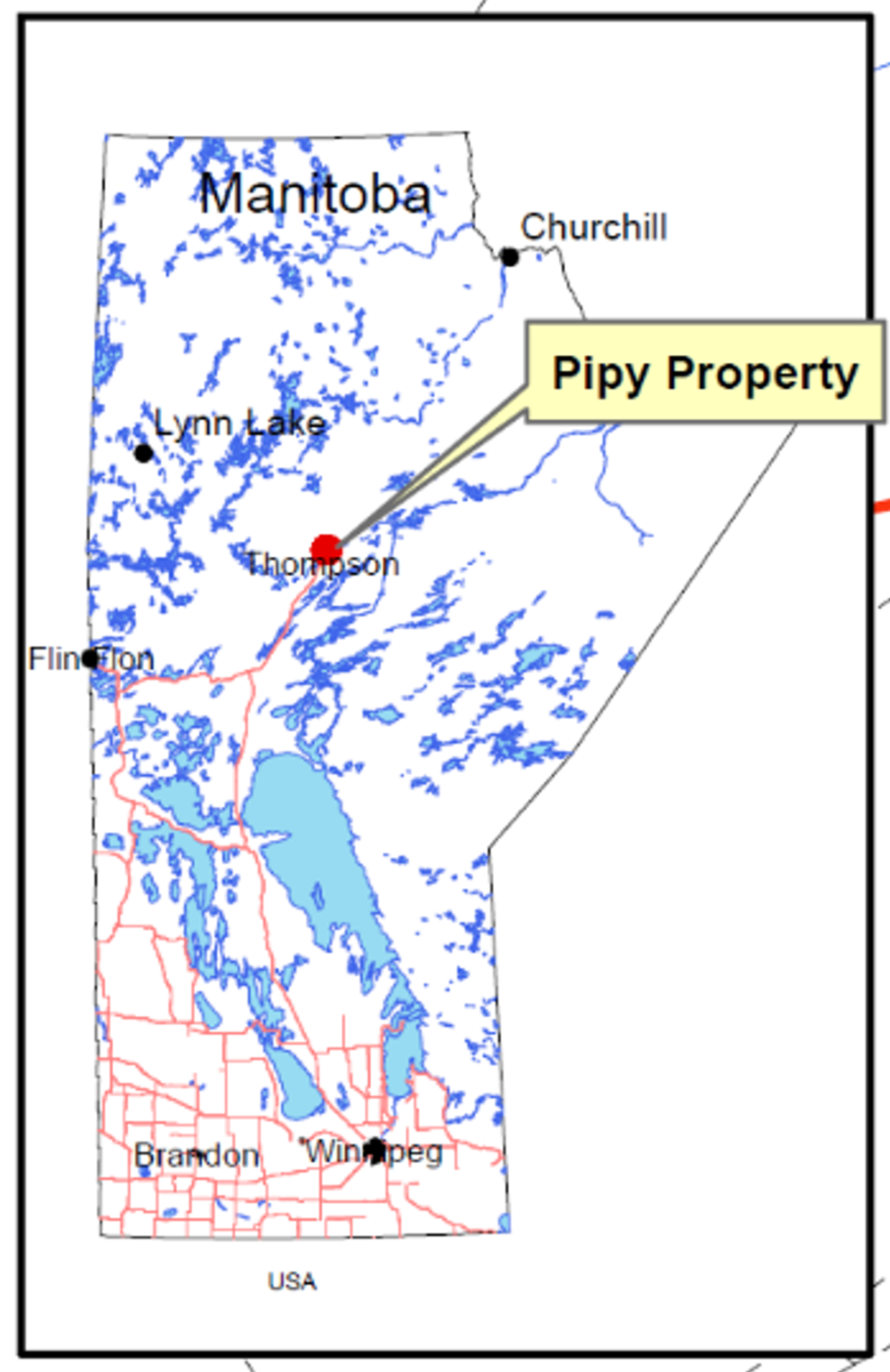
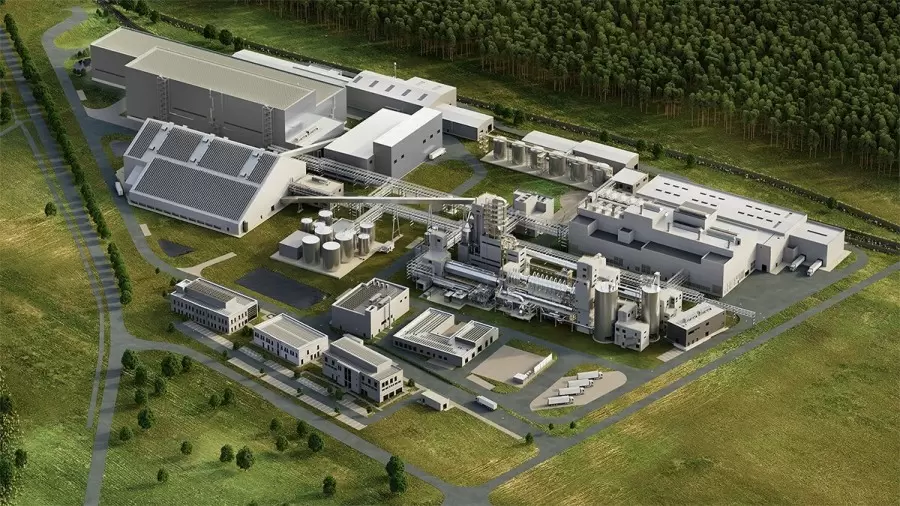

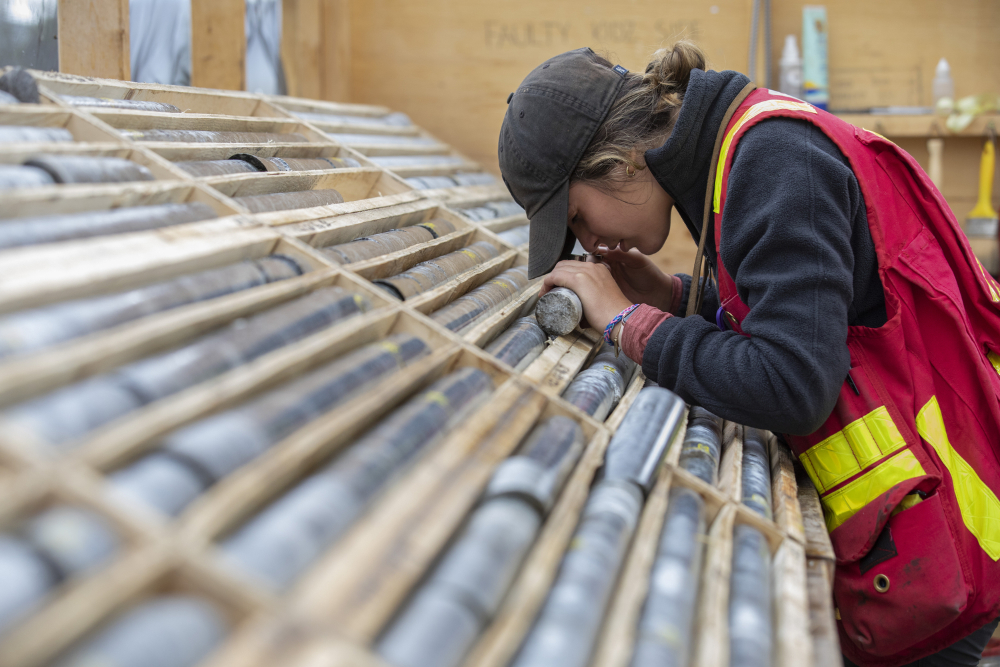
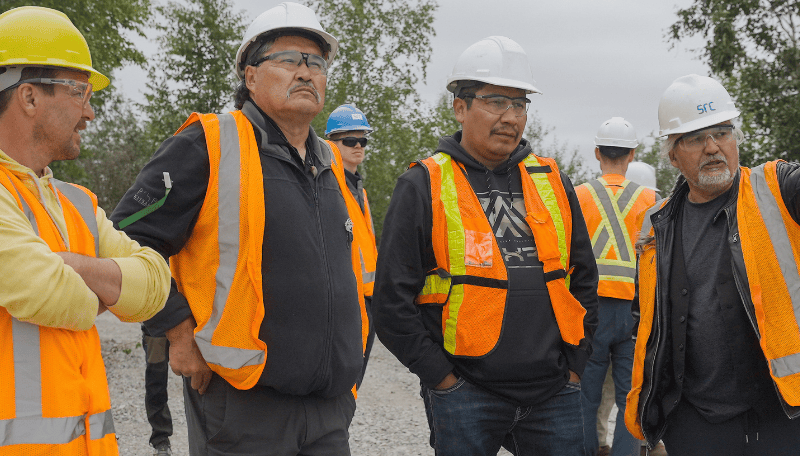
Comments